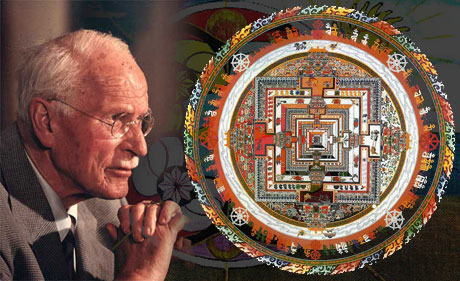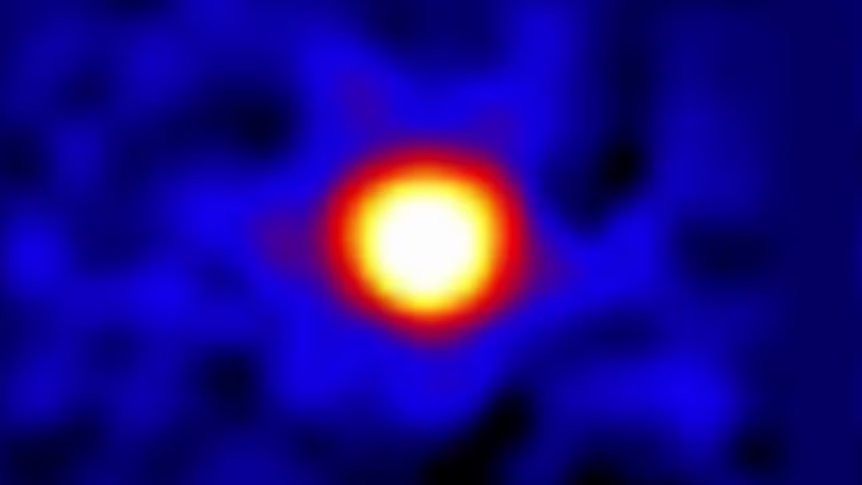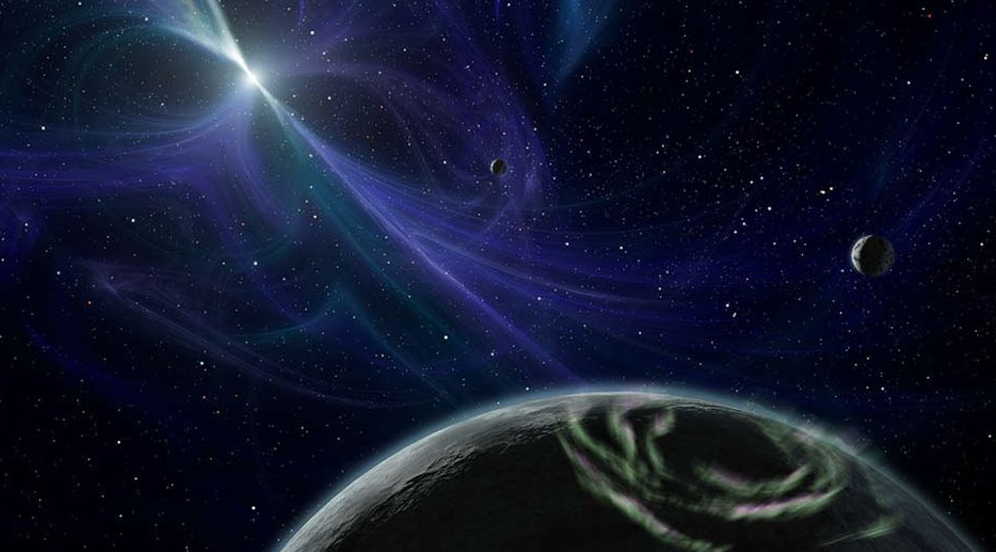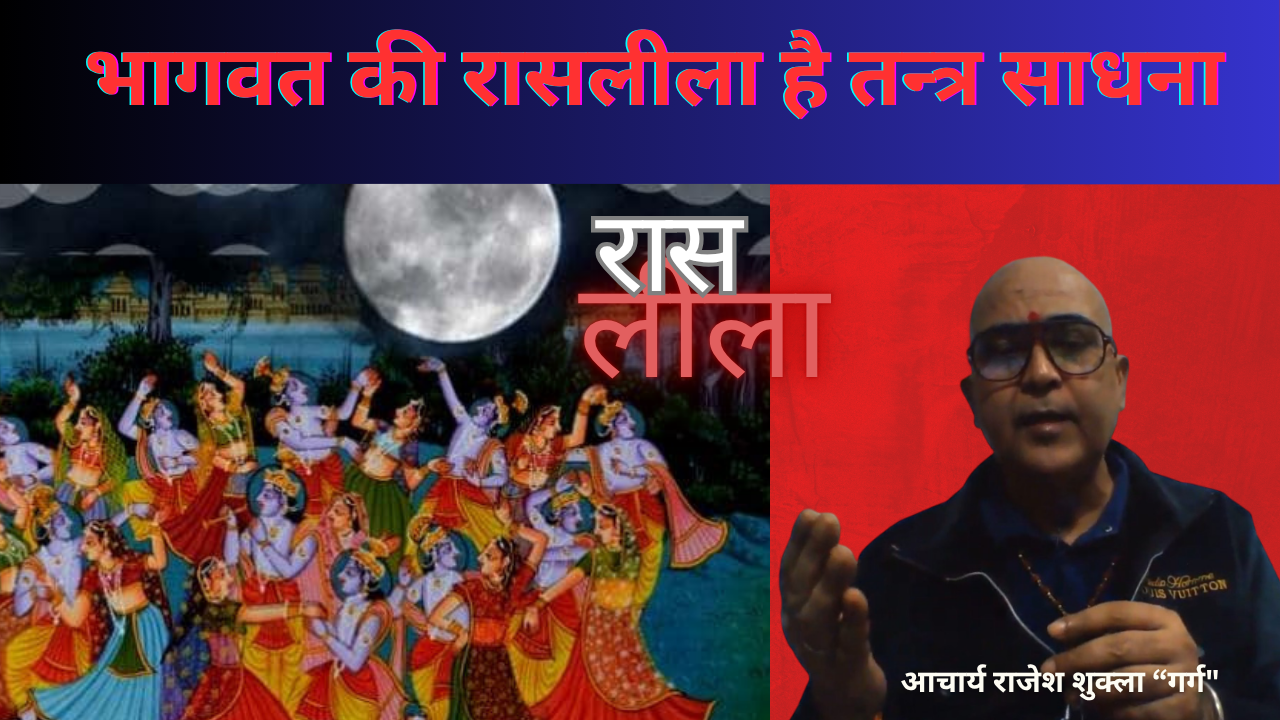Carl Jung was the first modern psychoanalyst who brought astrology into psychoanalysis. He worked with Sigmund Freud on the core concepts of psychology like the nature of unconscious, nature of dream, sex and sexuality etc. but he differed from Freud on the major areas of studies and research. In 1912 Jung gave a series of lectures at Fordham University on Psychology of the Unconscious. In 1913, at the age of thirty-eight, Jung experienced a horrible “confrontation with the unconscious”. He saw visions and heard voices. Jung dissociated himself from Freud and worked alone, his research on the nature of unconscious, symbolism , dream, religion, mandala etc. made huge impact in the fields of psychiatry, anthropology, archaeology, literature, philosophy, psychology and religious studies. In the field of astrology also in research he did a lot. Jung wrote that astrology is the summation of all ancient knowledge of psychology. Intuitively, the twelve signs of the zodiac worked as a compendium of psychic realities. They configure what Jung called “archetypes”, which are psychological patterns or models that inhabit the collective unconscious. About birth chart he said that- “The basic meaning of the horoscope is that, by mapping out the positions of the planets and their relations to one another (aspects), together with the distribution of the signs of the zodiac at the cardinal points, it gives a picture first of the psychic and then of the physical constitution of the individual. It represents, in essence, a system of original and fundamental qualities in a person’s character, and can therefore be regarded as an equivalent of the individual psyche.” Carl Jung had studied more than 800 charts in two decades of his research period and found that “the horoscope is the chronometric equivalent of individual character, through all the characterological components of the personality’. He has many times called astrology as a science of antiquity. He wrote that “Astrology, like the collective unconscious with which psychology is concerned, consists of symbolic configurations: The “planets” are the gods, symbols of the powers of the unconscious.”

In his years of research and study of birth chart he wrote that “a person’s natal chart could provide insights into “what her [the patient’s] soul intended for her to achieve.” adding further he said that “by mapping out the positions of the planets and their relations to one another (aspects), together with the distribution of the signs of the zodiac at the cardinal points, it [the birth chart] gives a picture first of the psychic and then of the physical constitution of the individual.” By comparing the movement of the planets through the year to one’s natal chart, in the process of examining the “transits,” Jung felt we can get an example of synchronicity in action: Transits provide a “meaningful coincidence of planetary aspects and positions with the character or the existing psychic state of the questioner,” on the individual level, and insights into “unconscious, introspective perceptions of the activity of the collective unconscious” on the collective level.
These insights can be for short temporal frames–months or years of a society’s activities–and for the much longer millennial time frames of eons. Jung got the epithet “father of the New Age” for his idea of how the “collective psyche” of the human race changes with the “end of one Platonic month and at the beginning of another.” He felt obligated, as a medical doctor, to alert people to the nature of our time–how we are living through a major cosmic transformation as the age of Pisces gives way to the age of Aquarius:
“It is not presumption that drives me, but my conscience as a psychiatrist that bids me fulfill my duty and prepare those few who will hear me for coming events which are in accord with the end of an era. As we know from ancient Egyptian history, they are manifestations of psychic changes which always appear at the end of one Platonic month and at the beginning of another. Apparently they are changes in the constellation of psychic dominants, of the archetypes, or “gods” as they used to be called, which bring about, or accompany, long-lasting transformations of the collective psyche. This transformation started in the historical era and left its traces first in the passing of the eon of Taurus into that of Aries, and then of Aries into Pisces, whose beginning coincides with the rise of Christianity. We are now nearing that great change which may be expected when the spring point enters Aquarius.”
Why did Jung feel driven to speak of the shift from one age to another? Because the “psychic changes” characteristic of these transition times are not always pleasant. Just as we, on the individual level, can feel confused, distracted, anxious and insecure in a time of transition (e.g. adolescence), so shifts of eon can show up as widespread feelings of melancholy, malaise, discontent, anxiety and fear that run through all the cultures of the planet. Jung wanted to warn us, so we–“those few who will hear” him–can experience these “psychic changes” consciously and thus limit the destructive impulses they could induce.











